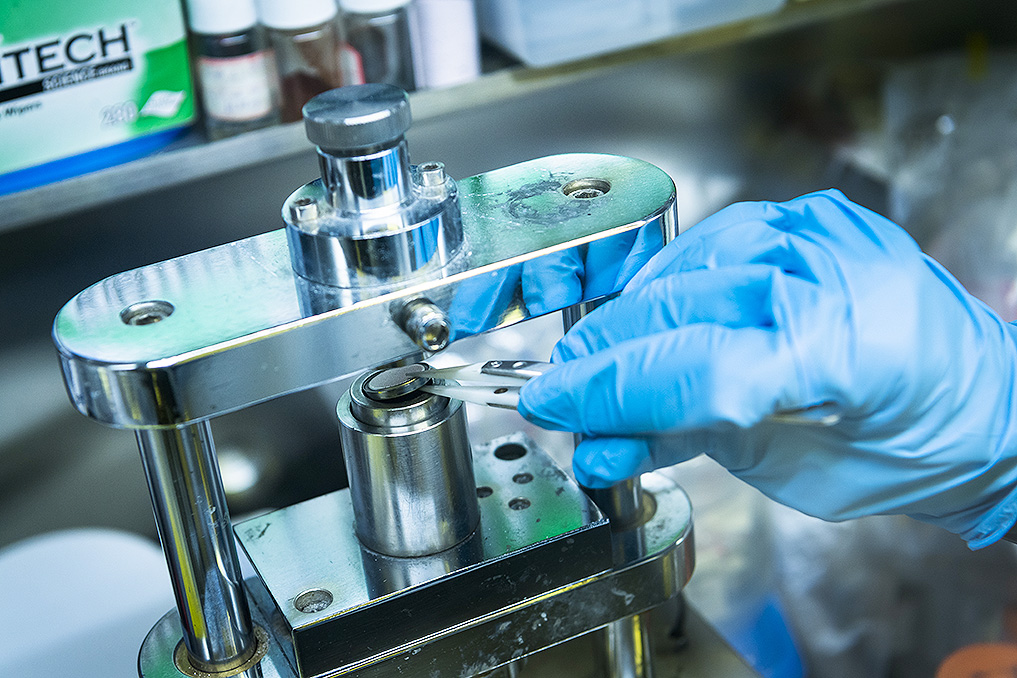A collaborative effort between researchers from China and the United States has yielded a significant breakthrough in the field of lithium-ion (Li-ion) battery technology. They have successfully developed a cobalt-free, Li- and Mn-rich (LMR) Li-ion battery cathode characterized by minimal voltage decay, a persistent challenge in the realm of LMR layered oxides. This achievement holds the potential to substantially increase energy storage capacity and has been documented in a paper published in the esteemed journal Nature Energy.
LMR layered oxides have garnered attention for their promise as cathodes in Li-ion batteries due to their high capacity and cost-effectiveness. However, the persistent issue of voltage decay has impeded their practical application.
The researchers adopted a novel approach centered on stabilizing the honeycomb structure at the atomic level. By introducing additional transition metal ions into the cathode material, they bolstered the honeycomb structure’s resilience, resulting in an astonishingly low voltage decay of just 0.02 millivolts per cycle. This marks the first instance of an LMR cathode material exhibiting such minimal voltage decay.
The composite structure of this innovative material comprises layered LiTMO2 and various stacked Li2MnO3 components. Within this structure, transition metal (TM) ions residing in the Li layers of Li2MnO3 act as caps, fortifying the honeycomb structure’s stability. This capped-honeycomb configuration remains intact even after undergoing high-voltage cycling, as confirmed through both experimental and computational analyses. Notably, this structural integrity prevents TM migration and oxygen loss, addressing critical challenges in Li-ion battery development.
Through sophisticated atomic-scale measurements and calculations, the research team unveiled the role of these interlayer transition metal ions as protective caps positioned above or below the honeycomb structure. This ingenious design thwarts cation migration, ensuring the battery’s reliability and performance even at high cut-off voltages and during repeated cycling.
These findings hold significant promise across a spectrum of applications, ranging from powering electric vehicles to enhancing the performance of portable electronic devices. The next pivotal phase involves the scaling up of the manufacturing process to facilitate large-scale battery production, a crucial step in bringing this transformative technology to the broader market.
